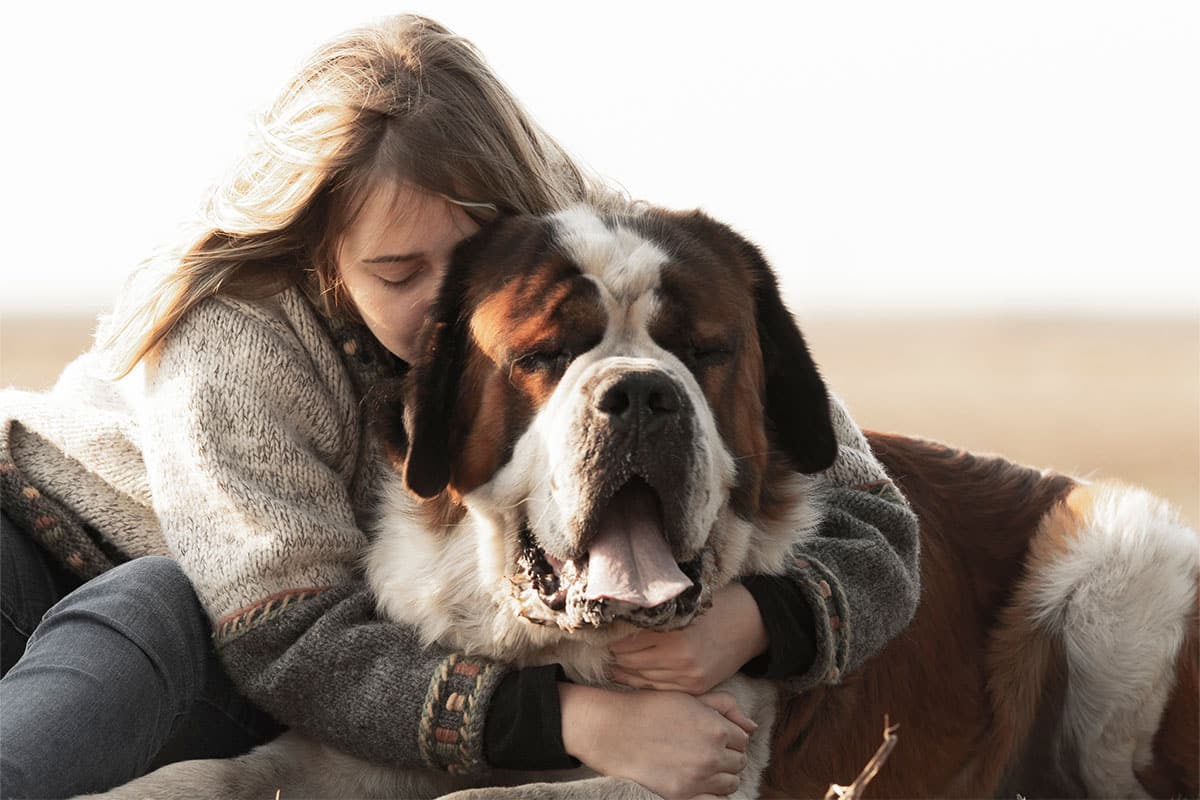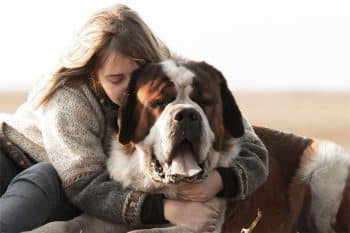
In a fast-moving world, dogs with composed, gentle temperaments bring a unique form of peace and emotional grounding. Some breeds are naturally serene — less likely to jump, bark excessively, or demand constant attention. These calm dog breeds create an atmosphere of contentment, making them ideal companions for anyone craving stillness and emotional balance at home.
Here are some of the best calm breeds that offer calm companionship, gentle affection, and slow-paced joy.
Basset Hound

Basset Hounds are the epitome of laid-back. With their droopy expressions and heavy-set bodies, they are happiest lounging indoors. These scent-driven hounds enjoy slow walks and long naps, making them excellent for a more relaxed lifestyle.
Great Dane

This gentle giant may have a towering presence, but Great Danes are known for calm dispositions. They are gentle, affectionate, and low-energy, often content to stretch out beside you and simply exist in your presence.
Clumber Spaniel

If you’re after a composed yet companionable breed, the Clumber Spaniel offers a serene personality and quiet loyalty. With a fondness for cuddling and moderate exercise, this breed is a wonderful indoor companion.
Bernese Mountain Dog

Bernese Mountain Dogs bring patience and gentle hearts to their households. They’re loving without being overwhelming and are particularly good with children, thanks to their nurturing spirit and calm nature.
Greyhound

Known for their burst of speed on the track, Greyhounds are quiet, low-maintenance house pets. They love lounging and rarely bark, making them perfect for calm, quiet households.
Newfoundland

The Newfoundland is the epitome of gentle strength. Calm, friendly, and devoted, this breed excels as a family dog, offering a watchful, loving presence without unnecessary energy or noise.
Bulldog

Bulldogs‘ slow and steady pace suits those who enjoy a tranquil household. With their short bursts of energy followed by long naps, they are best suited to indoor living and gentle companionship.
Shih Tzu

Shih Tzus bring a regal calmness, preferring comfort and affection over chaos. These lap dogs are perfect companions for quiet days at home filled with soft blankets and warm laps.
Irish Wolfhound

Ireland’s noble hound, the Irish Wolfhound, is a gentle and slow-moving breed that is deeply affectionate and patient. Their large size comes with a calm demeanor that enhances rather than overwhelms domestic life.
Japanese Chin

Japanese Chins are quiet, adaptable, and deeply intuitive. With soft personalities and elegant temperaments, they offer peaceful presence in small packages.
Tibetan Spaniel

This breed was once a monastery guardian, and the Tibetan Spaniel still carries that air of meditative patience. They love quiet bonding time and are content simply being near their humans.
Saint Bernard

Saint Bernards are gentle giants who value serenity over stimulation. They form tight bonds with their families and embody calm in both movement and emotion.
Boerboel

The Boerboel is calm, grounded, and confident—traits perfect for anyone looking for emotional stability from their canine companion. Their composed nature ensures harmony in the home.

These calm breeds speak to the soul. Whether you’re snuggled on the couch or taking a slow walk, their peaceful presence encourages a more mindful, centered life — one peaceful moment at a time.






Facebook Comments